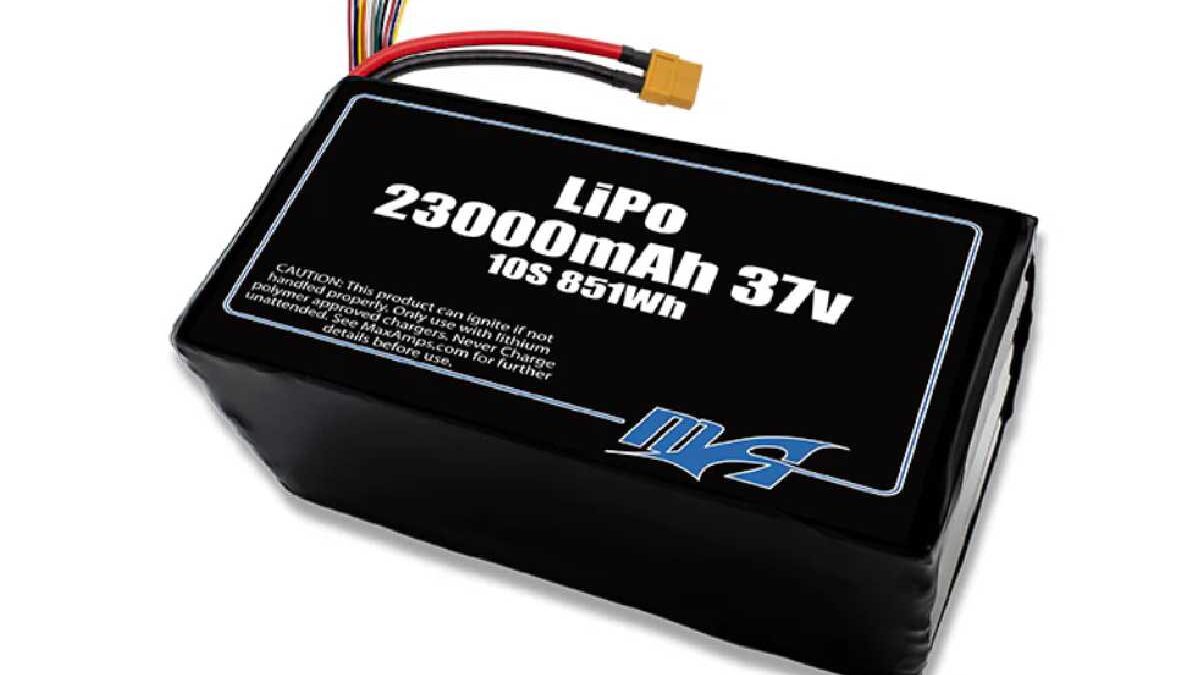Table of Contents
Lipo Battery
Lipo Battery: A rechargeable battery known as a lithium-polymer battery (LiPo) uses lithium as one of the electrodes and solid polymer as the electrolyte in actual LiPo batteries.
Commercially accessible LiPo are hybrids, more appropriately known as lithium-ion polymer batteries, which can be either gel polymer or liquid electrolyte in a pouch configuration.
Features
Actual LiPo batteries are not yet economically viable on a large scale. LiPo batteries are thinner, more flexible, and lighter in commercial applications.
Due to their characteristics, LiPo batteries are a good fit for thin smartphones, tablets, and wearables.
LiIon (lithium-ion) is making a comeback because of its higher discharge characteristics.
While LiPo (lithium polymer) made a splash in radio-controlled hobbies and remained a choice.
Despite the existence of pouch-type standard LiIon batteries, they still need an external shell to stop expansion that could compromise performance and safety.
Current LiPo batteries:
- Since solid lithium polymers don’t function well at room temperature, modern LiPo batteries are more half-step away from LiIon batteries than the original Bell Laboratory versions of the 1970s were.
- The cathodes and anodes of both battery types are made of the same materials.
- The internal difference between the two is that LiPo uses a microporous polymer as the electrode insulator instead of the more conventional porous film separator utilized for LiIon.
- Depending on the application, one must choose between LiIon and LiPo. Modern LiPo batteries have a longer self-discharge time but a shorter shelf life.
- They work better for devices that might occasionally lie idle for a few days because of their longer self-discharge. LiPo also has an advantage when it comes to slender and petite forms.
- On the other hand, LiPo batteries have a worse low-temperature discharge range (0°C to 60°C) than conventional LiIon batteries.
- And it can be hazardous to discharge LiPo cells to extremely low voltages.
- Expansion, combustion, or even explosion could result from deep, rapid discharges.
- LiIon batteries perform better when used for particularly high-drain applications.
- LiPo and LiIon batteries need specialized intelligent chargers for the safest use and frequently need circuit protection.
What is a LiPo battery used for?
- When used to power commercial and recreational drones (uncrewed aerial vehicles), radio-controlled aircraft, radio-controlled cars, and large-scale model trains.
- Where the benefits of lower weight and increased capacity and power delivery justify the price, LiPo batteries are now practically ubiquitous.
Are LiPo batteries good?
- Other R/C batteries like NiCd and NiMH are less ecologically friendly and safe than LiPo batteries.
- LiPo batteries, used in RC vehicles, boats, planes, helis, multirotor, and other devices, have emerged as the most popular high-performance R/C battery.
How long does LiPo battery last?
- LiPo batteries only take an average lifespan of 150–250 cycles. If the battery is pierced, the chemical composition’s sensitivity could cause a fire.
- Require particular attention when storage, charging and discharging.
What devices have LiPo batteries?
- Rechargeable lithium-ion batteries are used in e-cigarettes, and various personal electronics.
- Including mobile phones, tablets, laptops, tools, hoverboards, scooters, electric bikes, and backup solar power storage.
Which battery type is best?
Lithium Batteries
- However, they have the highest energy density of any battery cell, which translates to more energy storage capacity than other batteries like alkaline.
- Despite only being offered in AA, AAA, and 9V capacities, lithium batteries have higher mAh ratings than any other non-rechargeable battery.

